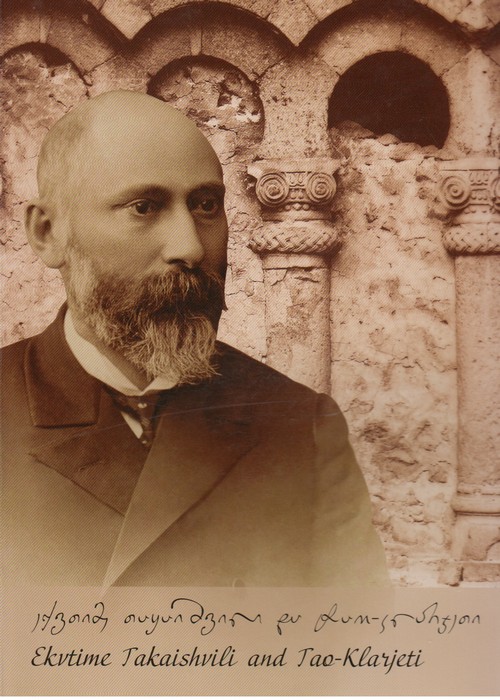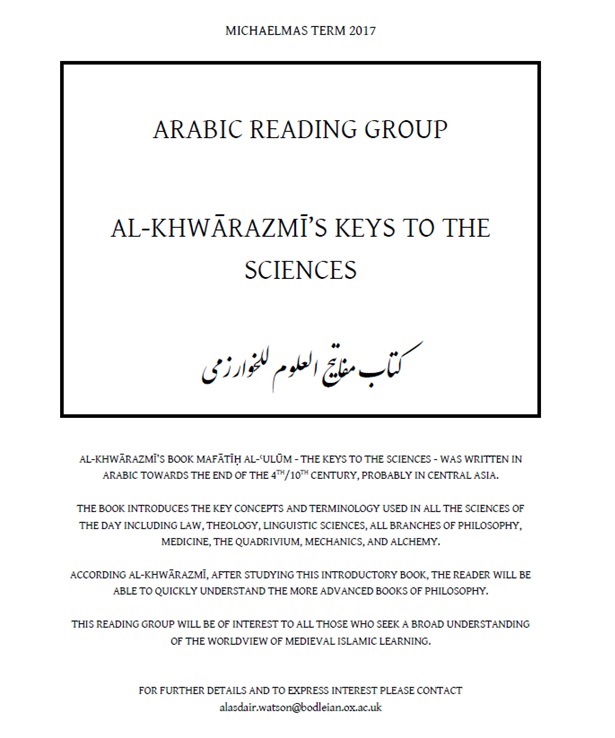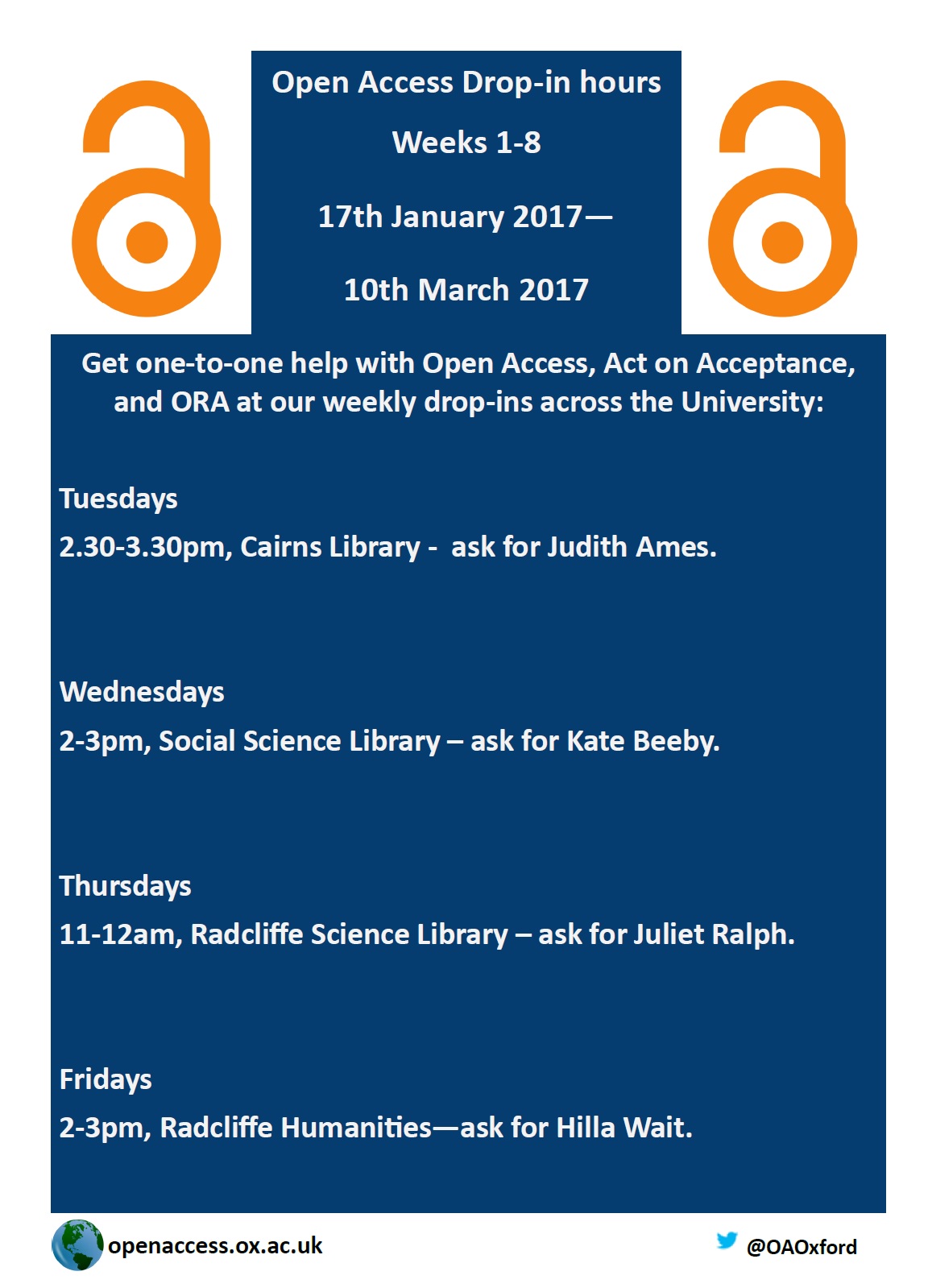From crumbling cathedrals to gleaming spires

In the late ninth century CE, after centuries of foreign domination in Tbilisi, the Bagratid family fled to their ancestral lands of ტაო T’ao and კლარჯეთი K’larjeti to the south. Here in their place of refuge, the Bagratids established the Kingdom of the Iberians. In doing so, they launched a cultural, religious, and political renaissance which would culminate in the establishment of the Georgian Empire and a dynasty that would endure for a millennium…

My name is Niko Kontovas. I work as the Nizami Ganjavi Subject Librarian and Curator for the Caucasus, Central Asia, and Ottoman Turkish. Almost every summer for the past decade, I have toured the ruins of the Kingdom of the Iberians (Georgian: ქართველთა სამეფო Kartvelta Samepo, existing from around 888 to 1008 AD) in what is now southern Georgia and northeastern Turkey. Also known as the Kingdom of the Georgians or The Kingdom(s) of T’ao-Klarjeti, after its constituent regions, this state holds a special place in the memory of many Georgians as the place where the Bagratid dynasty established itself as the rulers of an “independant” Georgia. This is the same dynasty which would go on to found the The Georgian Empire (Georgian: საქართველოს სამეფო Sakartvelos Samepo) a.k.a. the Georgian Kingdom, the Empire of Georgia, or the Kingdom of Georgia. Though the Empire would only last around 500 years from 1008 to 1490/1493 AD, the Bagratids continued to play a role in Georgian political and cultural life, and remain the only serious current claimants to the Georgian throne — even though Georgia itself has become a republic.

Though my adventures in ტაო-კლარჯეთი T’ao-K’larjeti began long before my position here at Oxford, the collections of the Nizami Ganjavi Library hold materials on the region which are truly unparalleled in terms of their breadth and depth in collections outside Georgia. Our current book display combines photos and notes from my fieldwork in the region with selections from the library for readers to learn more about this fascinating but little studied slice of Eurasian history.
The devil’s in the details

Among the most impressive structures in historical ტაო-კლარჯეთი T’ao-K’larjeti is the Devil’s Fortress (Turkish Şeytan Kalesi) in the Turkish province of Çıldır. Though its origin is uncertain, it had already attained its current form by 1064, when it is mentioned by the invading Seljuk Sultan آلپ آرسلان Alp Arslan, suggesting it dates to the period of the Kingdom of the Iberians.
In Georgian, the fortress is known as ქაჯის ციხე Kajis Cixe “The Kaji’s Fortress”. The ქაჯი kaji are a race of magical beings in Georgian mythology or, alternatively, a tribe of humans similarly adept at magic appearing in შოთა რუსთაველი Šota Rustaveli’s 12th c. epic ვეფხისტყაოსანი Vepxist’q’aosani “The Knight in the Panther’s Skin”. Many Georgians equate the ქაჯის ციხე Kajis Cixe in Çıldır with the ქაჯთა ციხე Kajta Cixe “Fortress of the Kajis” mentioned as the home this tribe in Rustaveli’s poem.

The unassuming origins of empire
If ტაო-კლარჯეთი T’ao-K’larjeti is the cradle of the Georgian Empire, კლარჯეთი K’larjeti is the cradle of the Kingdom of the Iberians which started it.

On a hilltop plateau in the centre of the modern town of Ardanuç in Turkey (Georgian არტანუჯი Art’anuji) stand the ruins of an impressive fortress. This fortress was built by the Bagratid prince and Duke of კლარჯეთი K’larjeti, აშოტ I დიდი Ašot’ I Didi, a.k.a. Ashot I or Ashot the Great, around 813-818 on the site of an older castle, supposed to have been built by ვახტანგ I გორგასალი Vaxtang Gorgasali, or Vakhtang the Wolf’s Head – the semi-legendary ruler of an earlier Georgian kingdom in the 5th c. Later Georgian historiography has tended to view Ashot I’s choice of location as a conscious reassertion of an older tradition of Georgian kingship, though whether Ashot I also thought this way is a matter of some debate.
It was from here that Ashot I launched numerous campaigns against the Muslim rulers who had taken over various Georgian duchies – a process continued by his son, ადარნასე II Adarnase II, who united კლარჯეთი K’larjeti with the neighbouring dutchy of ტაო T’ao, and his twice great grandson, ადარნასე IV Adarnase IV, the first ruler of the Kingdom of the Iberians. In time, these Bagratid-lead campaigns would result in the takeover of the old capital of Tbilisi and the proclamation of the Empire of Georgia.
Ashot I also sponsored the creation and expansion of Georgian Orthodox churches in the region, supporting the efforts of გრიგოლ ხანძთელი Grigol Xanżteli, or Gregory of Khandzta – another village currently located in Turkey which houses the ruins of one of the many monasteries which he built. Monks trained by Gregory would act as emissaries to the Byzantine Emperor, and may have been instrumental in his granting Ashot I the title of κουροπαλάτης kouropalatēs – employed as a sort of Byzantine Christian “defender of the faith” at the time in the Caucasian borderlands of the Empire.
What makes an empire?
Scholars debate whether the Georgian polity which followed the Kingdom of the Iberians in T’ao-K’larjeti should be referred to as the Georgian Kingdom or the Georgian Empire. Whatever you choose to call it, it is beyond doubt that it had a profound impact on neighbouring empires and, as a result, the history of Eurasia as a whole.
Its imperial nature is exemplified by the Georgian Bagratid dynasty (ბაგრატიონი Bagrat’ioni in Georgian), which for numerous reasons epitomized Georgian interconnectedness. In his article on Iberia on the eve of Bagratid rule (in Le muséon LXV, 1952, pp. 199-259), Toumanoff argues that the Georgian Bagratids emerge as political players from a branch of the Armenian Bagratids (Բագրատունի Bagratuni in Armenian). While this is a matter of much debate amongst scholars, the Georgian Bagratids undoubtedly controlled many lands previously inhabited by Armenian-speaking peoples and polities.

(photo courtesy of Niko Kontovas, 2023)
If a kingdom becomes an empire through its incorporation of foreign states, no single Bagratid ruler bears more right to claim the title of Emperor than თამარ მეფე Tamar Mepe Queen Tamar. Under her rule, the Georgian Empire helped to liberate the ancient Armenian capital of Անի Ani, which it then ruled first directly and then by proxy through the semi-Georgianised Armenian Զաքարյան Zak’aryan or Zakarid dynasty. Several churches the ruins of which are still well preserved at Ani were built during the period of Georgian domination, such as the splendidly decorated Սուրբ Գրիգոր Լուսավորիչ Եկեղեցի Surb Grigor Lusavorič’ ekeɫec’i Church of Saint Gregory the Illuminator, popularly referred to as Տիգրան Հոնենց Եկեղեցի Tigran Honenc’ ekeɫec’i The Church of Tigran Honents after the wealthy merchant who funded its construction.

To read more about the integral role which the Georgian Empire and other Georgian polities have played throughout Eurasian history, see Donald Rayfield’s Edge of Empires (London: Reaktion, 2012).
Likewise, the Empire of Trebizond, a Byzantine rump state centred around the Black Sea coastal city now called Trabzon, owes its existence to Bagratid Georgia. Though founded by the Κομνηνός Komnēnos family, the Empire of Trebizond’s founder, Αλέξιος Α΄ Μέγας Κομνηνός Alexios I Megas Komnēnos or Alexios the Great, had like his grandfather before him taken refuge in the Georgian imperial court during in-fighting over the Byzantine throne. Though the extent of Trebizond’s cultural Georgianisation has been debated, Alexios was no doubt aided in establishing the independence of his Empire by his maternal aunt, Queen Tamar.
How the mighty have fallen
Just northwest of the village of Penek in Turkey’s Erzurum province lies the ruins of a royal cathedral known as ბანა Bana in Georgian and բանակ Banak in Armenian.

You can read more about Bana – and the other sites mentioned in this exhibit – in Giviashvili and Akder(ed.)’s The Georgian Kingdom and Georgian Art: Cultural Encounters in Anatolia in Medieval Period (Istanbul: Koç University Press, 2014).
Bana Cathedral is a testament not only to the splendour of ტაო-კლარჯეთი T’ao-K’larjeti, but to its interconnectedness with the other regional powers. Though some have argued that it was built on the site of an earlier Armenian church (see Bogisch & Plontke-Lünning, “The Cathedral of Bana in Tao: Architectural Tradition and Liturgical Function” in Kudava (ed.) Tao-Klarjeti: Abstracts of Papers. Tbilisi: National Centre of Manuscripts, 2012. p. 126-7), the ruins which remain reflect a structure built by ადარნასე IV Adarnase IV, the Georgian Bagratid prince who proclaimed the Kingdom of the Iberians in ტაო T’ao and კლარჯეთი K’larjeti provinces in the year 888.
Heavily damaged by Russian fire in the late 19th c., Bana was once the royal cathedral of ტაო T’ao. In 1032, it hosted the wedding of ბაგრატ IV Bagrat IV of the newly established Georgian Empire and the Byzantine princess Ἑλένη Ἀργυρή Elenē Argyrē.
ႱႠႳႩႳႬႭ ႾႱႤႬႤႡႠ (Memory eternal)
Along with ტაო T’ao and კლარჯეთი K’larjeti, the historical region of შავშეთი Šavšeti (Turkish Şavşat) also occupies a special place in the Georgian imagination – in part because of the many monasteries which Georgian monks built there under Bagratid patronage. During the spring and summer months, the ruins of these monasteries are awash with Georgian pilgrims and tourists, many of whom light candles and leave offerings on the very walls built by the Bagratid rulers over a millennium ago.
The monastery of ტბეთი T’beti, now located in the town of Cevizli in Turkey’s Artvin province, was once home to the famous monk, გიორგი შავშელი Giorgi Šavšeli. He would later move to the Monastery of the Cross in Jerusalem, where he would be known as Saint Prochorus the Iberian. Among other exemplary manuscripts, he penned a book of hours now housed in the Weston Library.


Who cares for shared heritage?
The physical remnants of ტაო-კლარჯეთი T’ao-K’larjeti are overwhelmingly located within the borders not of the Georgian Republic, but of the Turkish Republic.
Though the region was the site of bloody battles between the Russian and Ottoman Empires in the late 19th and early 20th centuries, few now seriously challenge Turkish claims on these lands. Relatively free movement across the Georgian-Turkish border means that Georgians can visit medieval sites in Turkey fairly easily.
Tourism to ტაო-კლარჯეთი T’ao-K’larjeti generates significantly less revenue than, say, tourism to Ottoman or Classical Hellenistic sites in Western Turkey. Still, several joint projects have been undertaken to excavate and restore some Georgian sites within the region. You can learn more about these construction projects in გრემელაშვილი, „ტაო-კლარჯეთის ხუროთმოძღვრული ძეგლების კვლევისა და რესტავრაციის შესახებ“ in Kudava et al. (eds.) International Conference Tao-Klarjeti: Materials. Tbilisi: National Center of Manuscripts, 2010, pp. 106-124.

Some of these projects, such as the reconstruction of the church of იშხანი Išxani Ishkhani (Turkish İşhan) in Artvin Province, were nearly complete as of 2019. Others, such as the reconstruction of the massive cathedral at ოშკი Ošk’i Oshki (Turkish Öşkvank) in Erzurum Province have proceeded much more slowly.
Even in the case of successful reconstructions, most sites which have been the object of big projects have, sadly, still not fully opened. While the reasons for this are officially uncertain, locals often claim that municipal and provincial governments are worried that an influx of Georgians may prompt official requests to hold religious services at these sites, which could aggitate local sensitivities and possibly provoke irredentist claims from Georgia. Some also claim that official openings have been delayed until Georgian authorities show similar interest in restoring Muslim religious sites in Georgia.

Despite this, some of the best preserved site still fully visitable in the region today are those which have been transformed into mosques, such as the church of the monastery of ხახული Xaxuli Khakhuli (Turkish Haho) in the village of Bağbaşı, Erzurum. Additionally, many Muslims in the region of შავშეთი Šavšeti Şavşat consider themselves both Turkish and Georgian, sometimes even speaking Georgian at home. Even where destruction of Georgian sites has been documented in the past, locals now overwhelmingly want to see the sites restored and reopened, as much out of a sense of pride for this shared heritage as to attract more revenue from tourism to otherwise impoverished rural areas.














